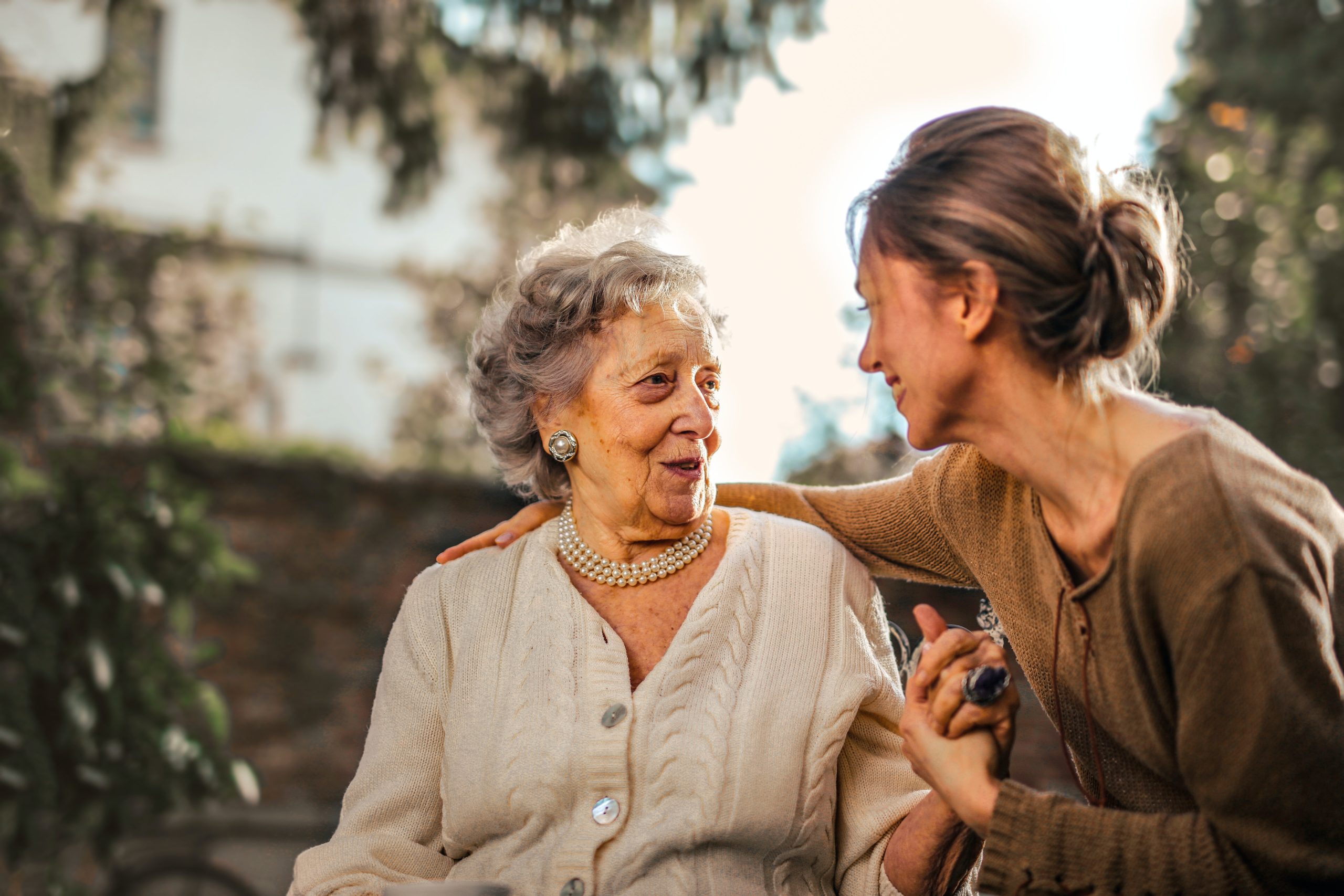Ensuring Safety and Security: Key Considerations in Senior Care

The image is not directly related to the article. It merely symbolizes the life of elderly people.
Ensuring the safety and security of seniors in care facilities is of utmost importance. As the population of older adults continues to grow, it is crucial to address key considerations in senior care to provide a safe and secure environment for our loved ones.
First and foremost, facility design plays a significant role in ensuring the safety and security of seniors. A well-designed facility should have clear pathways, handrails, and appropriate lighting to prevent falls and accidents. Additionally, the layout should allow for easy navigation and accessibility for individuals with mobility issues. Ensuring that the facility is free from hazards and regularly maintained is essential in preventing accidents and injuries.
Another crucial consideration is the presence of trained and compassionate staff. Staff members should be properly trained in elderly care, including understanding the needs of seniors with cognitive impairments such as dementia or Alzheimer’s disease. They should be knowledgeable about fall prevention techniques, medication management, and emergency protocols. Adequate staffing levels are also essential to ensure that seniors receive the attention and care they require.
Implementing robust security measures is equally important. Facilities should have controlled access points and surveillance systems to monitor who enters and exits the premises. This helps prevent unauthorized individuals from gaining access and ensures the safety of residents. Additionally, emergency response systems, such as panic buttons or call bells, should be readily available to seniors in case of an emergency.
Medication management is another critical consideration in senior care. Many seniors require multiple medications, and it is essential to have a system in place to ensure medications are administered correctly and on time. Medication errors can have severe consequences, so implementing protocols to double-check prescriptions, monitor side effects, and provide proper storage is crucial.
Maintaining a safe and secure environment also involves addressing the emotional and psychological well-being of seniors. Loneliness, depression, and anxiety can have a significant impact on a senior’s overall health and safety. Facilities should offer social and recreational activities to keep seniors engaged and connected with others. Regular assessments of mental health and access to counseling services can help identify and address any emotional challenges seniors may face.
Regular communication and involvement of family members are vital in ensuring the safety and security of seniors. Families should be encouraged to actively participate in care planning and be informed about any changes in their loved one’s condition. Open lines of communication between staff and family members can help identify any potential issues or concerns promptly.
In conclusion, ensuring the safety and security of seniors in care facilities requires a comprehensive approach. Facility design, trained staff, security measures, medication management, addressing emotional well-being, and involving family members are all key considerations. By prioritizing these factors, we can create a safe and secure environment that promotes the well-being of our seniors and gives peace of mind to their families.
The image is not directly related to the article. It merely symbolizes the life of elderly people. Ensuring the safety and security of seniors in care facilities is of utmost importance. As the population of older adults continues to grow, it is crucial to address key considerations in senior care to provide a safe and…
Recent Posts
- Empowering Caregivers: The Best Online and Offline Resources to Enhance Your Skills
- Traveling with a Purpose: The Rise of Volunteer Vacations
- Breaking Stigma: Dispelling Myths about Mobility Aids and Disability
- Avoiding Probate: How Trusts Can Simplify the Estate Settlement Process
- Senior Citizens Beware: Common Financial Scams and How to Stay Protected

